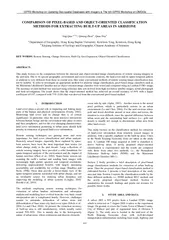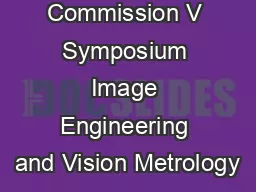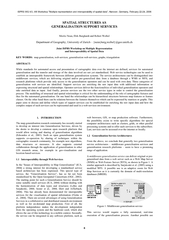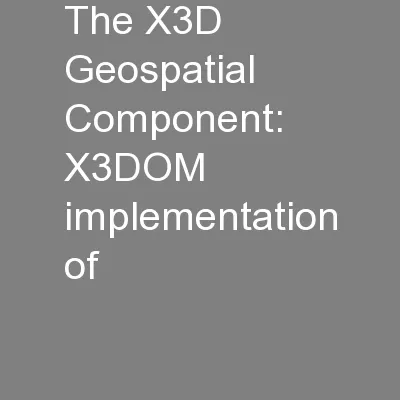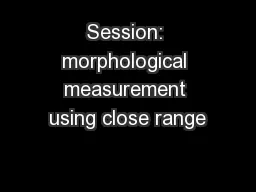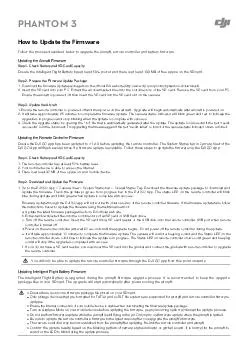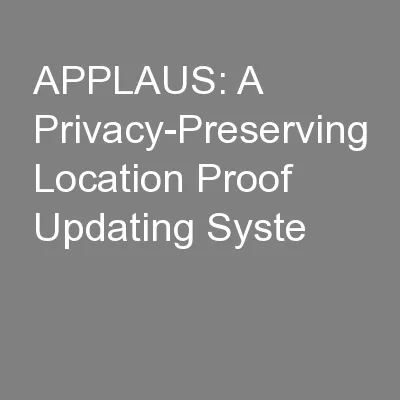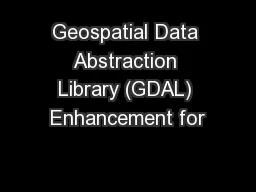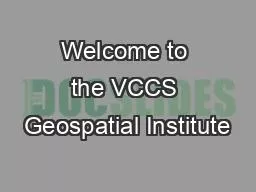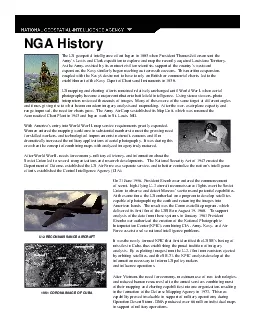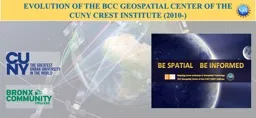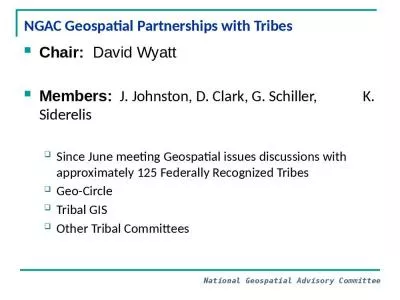PDF-ISPRS Workshop on Updating Geospatial Database s with
Author : marina-yarberry | Published Date : 2015-05-09
Due to its special geogra phic environment and socioeconomic contexts the land cover and its spatiotemporal pa ttern in aridzone is very different from those in
Presentation Embed Code
Download Presentation
Download Presentation The PPT/PDF document "ISPRS Workshop on Updating Geospatial Da..." is the property of its rightful owner. Permission is granted to download and print the materials on this website for personal, non-commercial use only, and to display it on your personal computer provided you do not modify the materials and that you retain all copyright notices contained in the materials. By downloading content from our website, you accept the terms of this agreement.
ISPRS Workshop on Updating Geospatial Database s with: Transcript
Download Rules Of Document
"ISPRS Workshop on Updating Geospatial Database s with"The content belongs to its owner. You may download and print it for personal use, without modification, and keep all copyright notices. By downloading, you agree to these terms.
Related Documents

